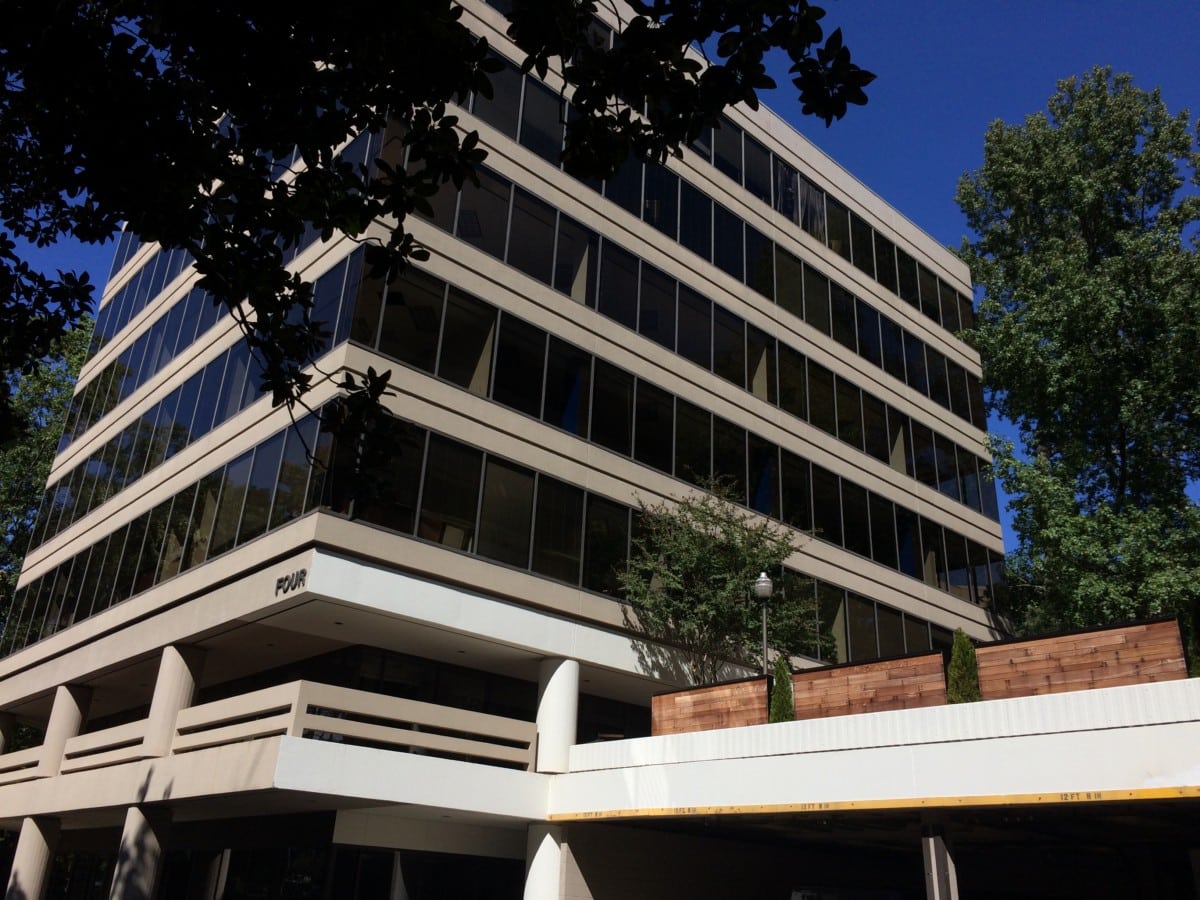
- Select a language for the TTS:
- UK English Female
- UK English Male
- US English Female
- US English Male
- Australian Female
- Australian Male
- Language selected: (auto detect) - EN
Play all audios:
By David Pendered Buckhead has often led the region out of recession through the construction of office building – with the labor and materials it consumes. This time, Buckhead is sharing
the spotlight with Midtown and suburban markets in price hikes for office space due in part to the lack of office construction, according to a new report from CBRE. The three markets in
metro Atlanta combine to claim two of the top five spots in CBRE’s ranking of markets. The metric is annual percentage growth in leasing rates, according to CBRE’s report – _Global Prime
Office Rents, 2017_. Suburban Atlanta markets claimed the region’s mantle by increasing at a rate of 8.4 percent. Rates in Buckhead and Midtown rose at 7.5 percent, according to CBRE’s
report. The time frame compares rates in the fourth quarter of 2016 with rates in the fourth quarter of 2015. Rates for prime office space provide a barometer into market conditions that
drive the rates. This is what makes them so fascinating, according to CBRE: * “An overall market’s average rents may in some cases be only 40 percent to 50 percent of prime rents, but their
rates of growth are correlated in the long run. Prime rents are typically highest in the world’s great financial centers, but other factors are also in play. An upturn in development can
depress rents for some time, whereas a change in the business environment—such as a surge in the technology sector—can send prime rents rapidly higher. Prime rents can give important clues
about broader market movements, which is what makes them so interesting.” CBRE’s findings comport with those in the most recent report of economic conditions in the broader Southeast issued
March 1 by the Federal Reserve Bank in Atlanta. This edition of the Beige Book observed: * “Most commercial real estate contacts noted improvements in demand, resulting in rent growth and
increased absorption, but continued to caution that the rate of improvement varied by metropolitan area, submarket, and property type. Many commercial contractors indicated that the pace of
nonresidential construction activity had increased from a year ago, with many reporting backlogs greater than one year.” The CBRE report on office rents showed nation’s three highest growth
markets were: * Downtown Chicago led the nation with a 19.9 percent growth rate; * Suburban Seattle came in second, at 11.6 percent; * Downtown Seattle ranked third, at 11.4 percent. In
metro Atlanta, the current construction cycle has been dominated by multifamily projects. The region has notched a 29 percent increase in building permits issued for multifamily projects for
the month of January, compared to January 2016, according Census data tracked by the National Association of Home Builders. In January, 1,414 permits were issued for multifamily projects.
In January 2016, 1,092 such permits were issued, the data shows. The Federal Reserve’s latest Beige Book observed the construction industry overall expects to continue to see improving
conditions: * “Reports on the pace of multifamily construction continued to be mixed, with roughly half indicating that the pace had increased from the year-earlier level and the rest
suggesting that the pace had leveled off or slowed. Looking forward, the majority of District commercial real estate contacts expect the pace of nonresidential and multifamily construction
activity to increase slightly over the next quarter.” _RELATED POSTS_






